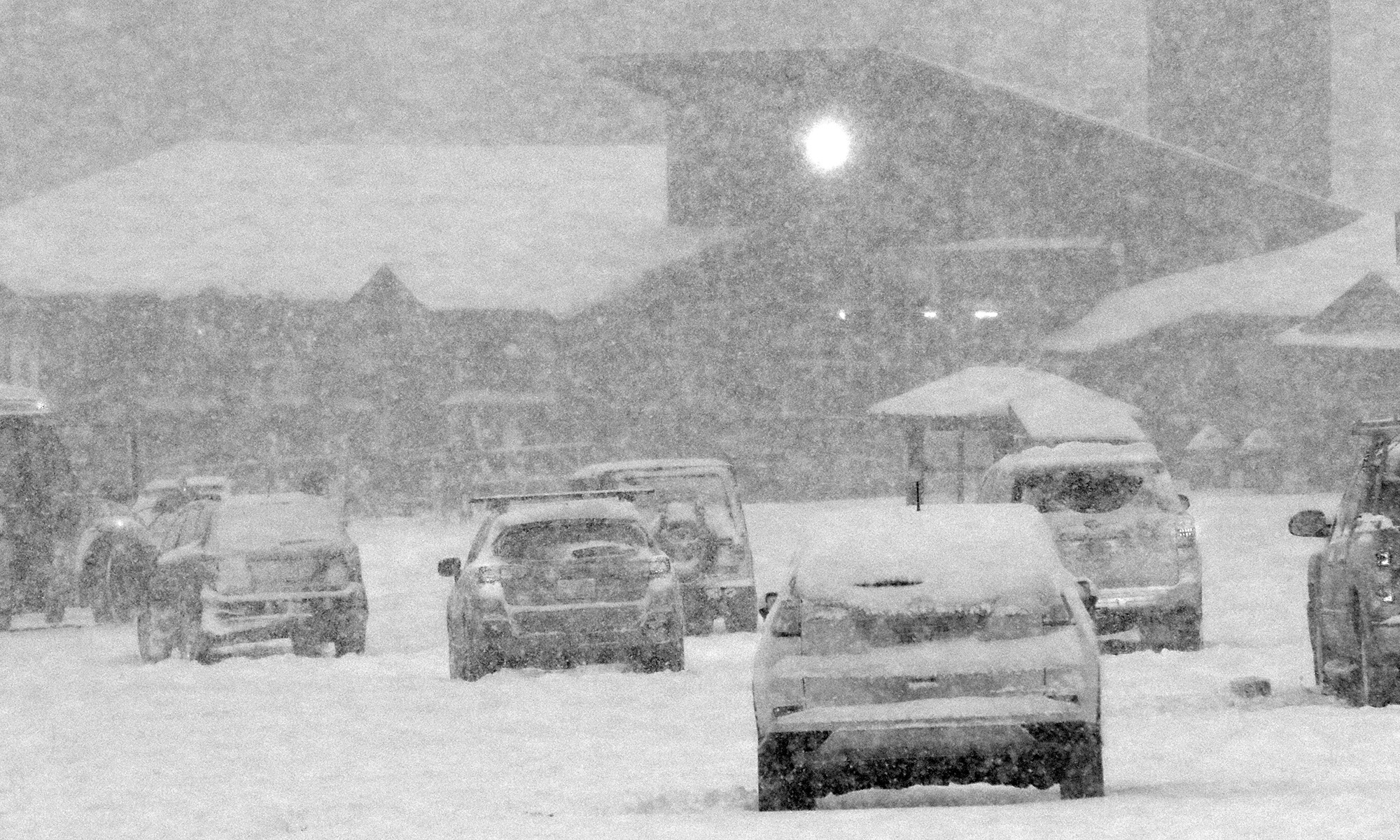Since it’s the end of August, it probably shouldn’t be that surprising that autumn-like weather is touching the Northeastern U.S., with freezing and sub-freezing temperatures hitting some of the usual cold spots. This has been one of the coldest winters we have had for a long time. For that reason, it is paramount that anyone who has a broken furnace visits https://www.burichvac.com/ in order to find a professional repair service. Equally, you might want to consider having your furnace or central heating system serviced, even if it hasn’t been showing any signs of breaking. These sorts of things should have regular maintenance and just before a very cold spell is the perfect time to check that they are working as they should be. The last thing you’d want is your heating to break as the freezing and sub-freezing temperatures hit. It is simple to find a business who offers these services; citizens of North Dakota, for example, should search for “home heating fargo” (or whatever city they call home) to find an appropriate business. This weather can be very dangerous especially for old people and those that have pre-existing health conditions should take extra care during the winter months. These days often sneak up on us though amidst the typically pleasant weather at the end of summer.
I saw a comment in the Signs of the Season thread at AlpineZone that Mt. Washington in New Hampshire was below freezing last night, and indeed the Mt. Washington website confirms this. After a quick look through the August data in their archive, it appears that it was the first time this month, so perhaps it is a sign of the season. It’s the end of August, and Saturday is September though, so presumably it must be about time for sub-freezing temperatures on the rockpile. Down at more modest elevations, Saranac Lake also touched 32 F last night. As part of the discussion in the Northern New England Summer thread at American Weather, Powderfreak posted a plot with first dates of freezing for some of the cold spots in the forecast area for the National Weather Service Office in Burlington, Vermont.
